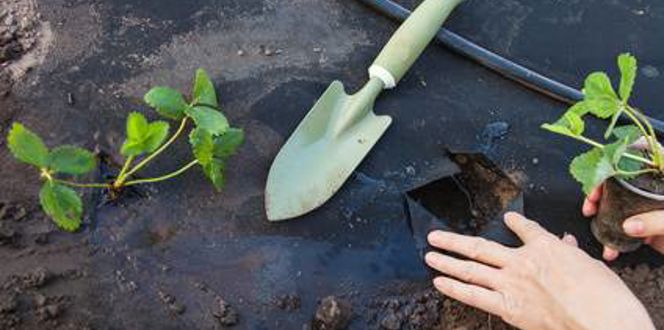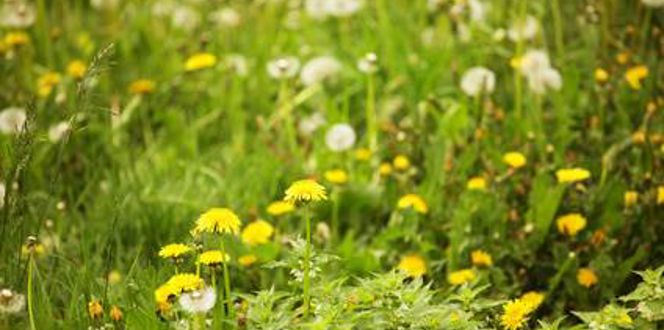At the beginning of spring, fresh green grass emerges, having officially shaken off winter’s dull frost.
But grass doesn’t always make its debut alone—sometimes crabgrass threatens to steal the spotlight. After hiding in the soil all winter, this course-textured, yellow-green weed begins to sprout.
Your best bet to stop crabgrass from taking over your lawn is to ensure it never grows at all! Read more about how to make this happen with pre-emergent.
How To Kill Crabgrass In Spring With Pre-Emergent
What Does Pre-Emergent Do?
Using a pre-emergent stops crabgrass seeds from sprouting or germinating. If applied correctly, you may not see a single cluster of crabgrass this season!
When Do I Apply Crabgrass Preventer In Spring?
Look for the below signs to pinpoint the best time to apply pre-emergent in your region. Keep in mind that soil and air temperature aren’t the same, so use a soil thermometer for an accurate check.
- When it’s too early: The soil temperature is under 50° F, and spring foliage hasn’t bloomed.
- When it’s too late: If crabgrass has already popped up in your lawn, a pre-emergent won’t help. Instead, try a post-emergent, or if there aren’t too many weeds, you can pluck by hand. Just make sure you uproot the entire weed, roots included!
- The ideal timing: Soil temperature is above the 50° F for a few, consecutive days. Usually, you’ll see flowers and trees blooming, too.
How Long After Pre-Emergent Can I Seed?
Pre-emergent doesn’t know to only kill weed-generating seeds. So, if you plant grass seeds, they’ll be killed right along with the weeds.
That's why it's typically best to wait two-to-four months before reseeding, but each pre-emergent is different. Follow the guidelines for your product, or if you opted for a professional, ask his/her opinion.
How Can I Ensure My Crabgrass Control Works?
Crabgrass control works best when your lawn is in good shape, so try these few general care tips:
- When mowing, keep grass about 3 inches tall (depending on your grass type) to reduce weeds. This shades and cools the soil, which makes it tough for weeds, like crabgrass, to grow.
- Don’t remove more than 1/3 of the grass blade height at one time, or you’ll weaken the grass.
- Boost your lawn’s health by leaving grass clippings for natural nutrients.
- Water your lawn deeply once or twice a week.





